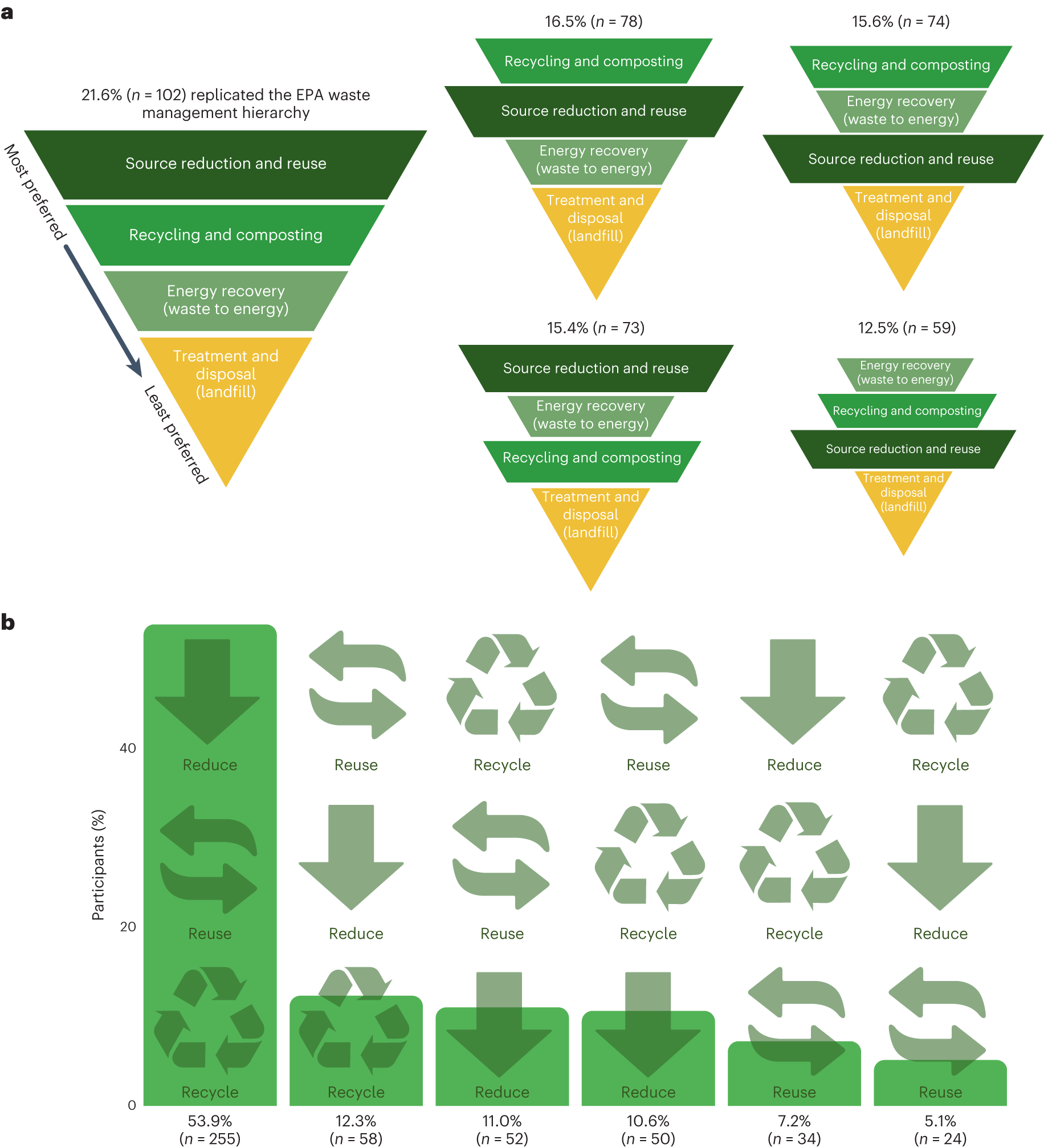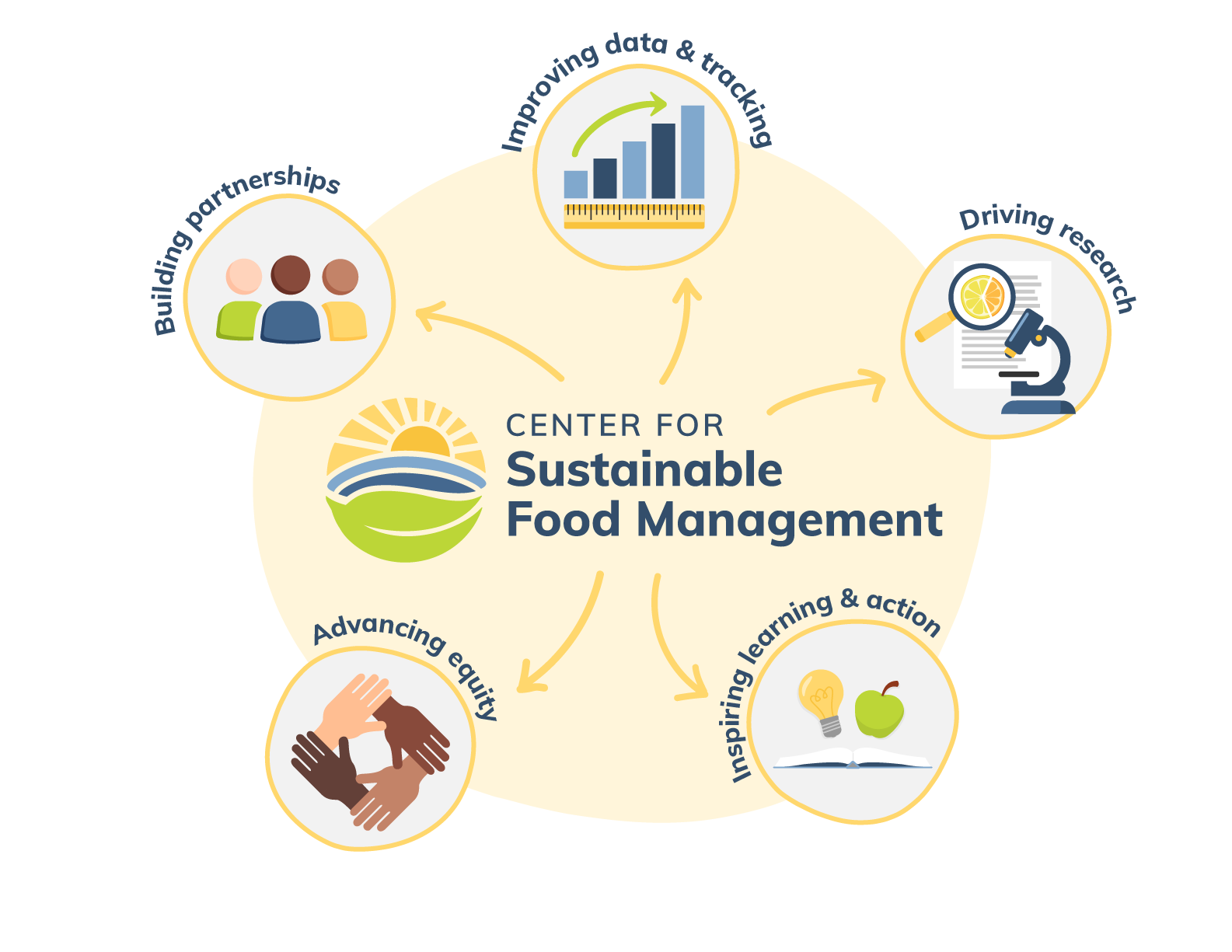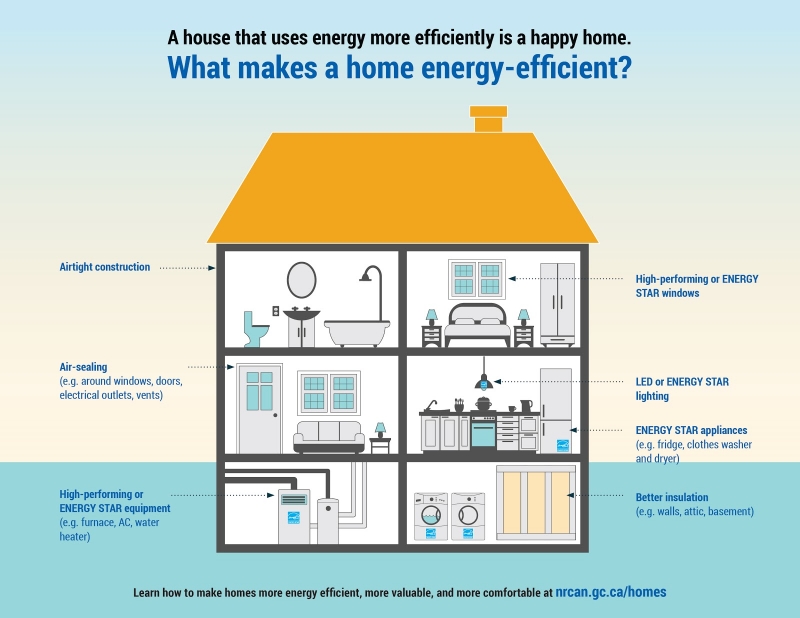5 Simple Ways to Reduce Your Carbon Footprint in Everyday Life

5 Simple Ways to Reduce Your Carbon Footprint in Everyday Life
As we navigate our daily routines, it’s easy to overlook the impact our actions have on the environment. However, making small changes can collectively lead to significant reductions in our carbon footprint. This article is designed to provide practical tips for middle-aged individuals aged 40-55 in the United States, helping you integrate sustainable practices into your everyday life.
1. Optimize Energy Use at Home
Reducing energy consumption is one of the simplest ways to lower your carbon footprint. Here are some actionable steps:
-
Switch to LED Bulbs: LED bulbs use up to 80% less energy than traditional incandescent bulbs and last much longer .11. Replacing just a few bulbs can make a noticeable difference in your energy consumption.
-
Unplug Devices: Many devices, such as TVs and computers, continue to draw power even when turned off. Unplugging them or using power strips can help eliminate this standby power consumption .11.
-
Adjust Your Thermostat: Lowering your thermostat by just 2°F in winter and raising it by 2°F in summer can save about 2,000 pounds of CO2 annually .7.

2. Adopt Sustainable Transportation Habits
Transportation is a significant contributor to greenhouse gas emissions. Here are some easy adjustments:
-
Use Public Transport: Public transportation is a more efficient way to travel, producing significantly less CO2 per person compared to driving a car .2 .5.
-
Walk or Cycle: For shorter distances, walking or cycling not only reduces emissions but also provides health benefits .1 .6.
-
Carpool: Sharing rides with friends or colleagues can reduce the number of cars on the road, lowering emissions and traffic congestion .5.

3. Reduce, Reuse, Recycle
Implementing the three Rs can significantly reduce waste and lower your carbon footprint:
-
Reduce Waste: Avoid products with excessive packaging and buy in bulk to minimize waste .5 .9.
-
Reuse Items: Use reusable bags, containers, and water bottles instead of single-use plastics .1 .9.
-
Recycle Properly: Ensure you recycle paper, plastic, and metal correctly, and participate in local recycling programs .5 .9.

4. Make Sustainable Food Choices
Food production and consumption contribute significantly to greenhouse gas emissions. Here are some sustainable food practices:
-
Eat Less Meat: Reducing meat consumption, especially beef, can lower emissions since livestock farming is a major source of methane .4 .8.
-
Buy Local and Organic: Purchasing locally grown produce reduces transportation emissions and supports sustainable agriculture .4 .10.
-
Reduce Food Waste: Plan meals, use leftovers, and compost food scraps to minimize waste .8.

5. Embrace Eco-Friendly Shopping
Your shopping habits can impact the environment. Here’s how to make a difference:
-
Avoid Fast Fashion: Opt for quality clothing that lasts longer and consider buying second-hand or sustainable brands .1 .4.
-
Choose Eco-Friendly Products: Look for products with minimal packaging and choose items made from sustainable materials .9.
-
Support Sustainable Brands: Buy from companies that prioritize environmental responsibility and sustainability .4.

Conclusion
Reducing your carbon footprint doesn’t require drastic changes to your lifestyle. By incorporating these five simple strategies into your daily routine, you can make a significant impact on the environment. Whether it’s optimizing energy use, adopting sustainable transportation, reducing waste, making eco-friendly food choices, or shopping responsibly, every small action counts. Together, we can create a more sustainable future for ourselves and future generations.

Additional Tips for Middle-Aged Individuals
As you continue on your journey to reduce your carbon footprint, consider these additional tips tailored to your lifestyle:
-
Invest in Durable Goods: Purchasing quality products that last longer can reduce waste and the need for frequent replacements .1.
-
Grow Your Own Food: If possible, start a small garden or even grow herbs on your windowsill to reduce reliance on industrial agriculture .6.
-
Stay Informed: Continuously educate yourself on new sustainable practices and technologies that can further reduce your environmental impact.










